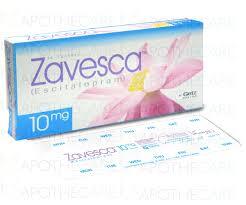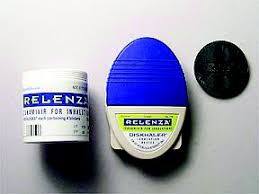Zavesca
zavesca a comprehensive examination of Avesta (MINUSTAH).This medication is recommended for adult patients exhibiting mild to moderate symptoms of type 1 Gaucher disease when enzyme substitution therapy is not a viable option. Riemann-Pick Disease Type C (NPC):

Consistent administration at designated times (morning, afternoon, and evening) is essential for sustaining stable levels of the medication.
Adverse Reactions:
Common Adverse Reactions:
Gastrointestinal: Symptoms may include diarrhea, gas, abdominal discomfort, nausea, and weight loss.
Neurological: Patients may experience tremors, headaches, dizziness, and paresthesia (tingling sensations).
Musculoskeletal: Muscle cramps and weakness may occur.
Other: Fatigue and reduced appetite are also reported.
Serious Adverse Reactions:
Peripheral Neuropathy: Patients may experience numbness, tingling, or pain in the extremities, necessitating careful monitoring and potential cessation of treatment.
Thrombocytopenia: A decrease in platelet count may elevate the risk of bleeding.
Cognitive Impairment: Some patients have reported issues with memory and confusion.
Warnings and Precautions:
Peripheral Neuropathy: It is advisable to conduct regular neurological evaluations, especially for patients with pre-existing conditions.
Gastrointestinal Symptoms: Diarrhea and other gastrointestinal issues are prevalent and can often be managed through dietary modifications or the use of antidiarrheal medications.
Hematological Monitoring: Routine blood tests are recommended to check for thrombocytopenia.
Tremor: The occurrence of tremors may be addressed through dose adjustments or discontinuation of the medication.
Pregnancy: Use during pregnancy is not advised unless absolutely necessary due to potential teratogenic effects noted in animal studies.
Contraindications:
Hypersensitivity: The medication is contraindicated in individuals with known hypersensitivity to miglustat or any of its components.
Severe Renal Impairment: It is not recommended for patients with severe renal impairment due to decreased drug clearance.
Drug Interactions:
While there are no significant known interactions, caution is warranted when used in conjunction with other medications that may worsen peripheral neuropathy or other adverse effects.
Monitoring Requirements:
Neurological Monitoring: Conduct regular evaluations to identify any indications of peripheral neuropathy.
Gastrointestinal Monitoring: Remain vigilant for ongoing diarrhea or other gastrointestinal complications.
Hematologic Monitoring: Perform routine blood tests to assess for thrombocytopenia.
Use in Special Populations:
Pregnancy: Classified as Category C. Administration is advised only when the potential benefits outweigh the risks to the fetus.
Breastfeeding: The excretion of miglustat in human milk remains uncertain; therefore, caution is recommended.
Pediatrics: The safety and efficacy of this treatment have been confirmed for children with Niemann-Pick disease type C.
Geriatrics: There is limited clinical data regarding elderly patients; exercise caution in use.
Pharmacokinetics:
Absorption: Exhibits excellent absorption following oral intake.
Distribution: Extensively distributed throughout various tissues, including the brain, which is crucial for addressing neurological symptoms.
Metabolism: Undergoes minimal metabolism.
Excretion: Primarily eliminated unchanged via the urine.
Storage:
Maintain at room temperature, ensuring it is protected from moisture and heat.
Patient Counseling Information:
Adherence: Emphasize the necessity of following the prescribed dosing schedule meticulously.
Management of Side Effects: Offer advice on alleviating gastrointestinal side effects, particularly diarrhea.
Monitoring: Highlight the significance of attending regular medical appointments for monitoring potential side effects such as neuropathy and thrombocytopenia.
Contraception: Women of childbearing age should utilize effective contraception throughout the treatment period.
Regulatory and Approval History:
FDA Approval: Zavesca received approval in 2003 for the management of type 1 Gaucher disease and subsequently for Niemann-Pick disease type C.
Research and Development:
Zavesca is currently under investigation for its potential applications in other lysosomal storage disorders and rare diseases. Its effects on neurological symptoms in Niemann-Pick disease type C remain a focal point of ongoing research.
Zavesca stands as a vital oral treatment alternative for individuals with type 1 Gaucher disease and Niemann-Pick disease type C, particularly for those unable to undergo enzyme replacement therapy. Its administration necessitates meticulous monitoring.



